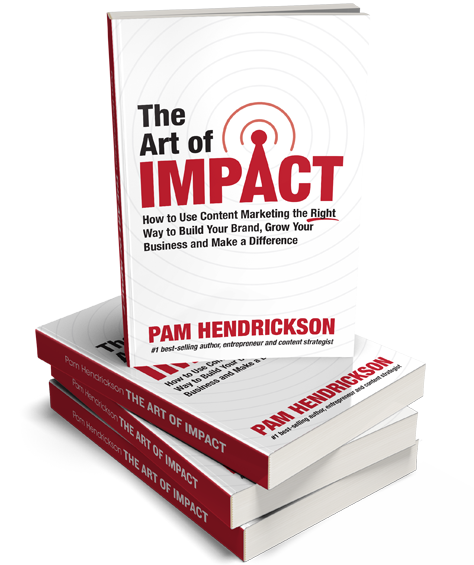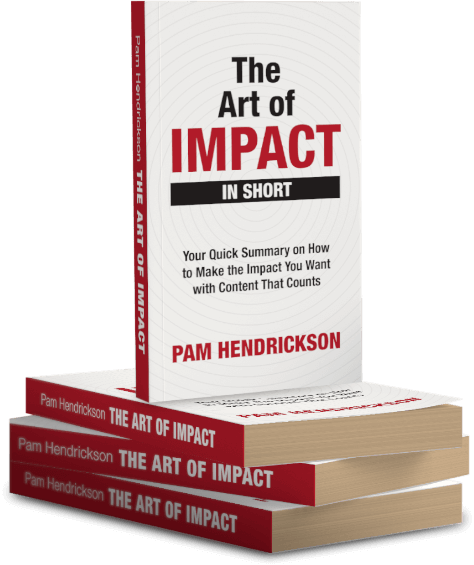Content without context is a wasted effort. No matter how well-written your blog post is, how many times you’ve rehearsed your webinar or how great your opening animations are, if your audience doesn’t know why they need to be listening to you, they’ll simply tune you out.
In other words, telling your audience why you’re delivering this content to them in particular helps them understand why they should care about what you have to say and take time out of their busy day to listen to you.

Most important, without a strong emotional connection and compelling reason to engage, your audience is just one click away from going to the next website or competitor.
This is true for any form of content you put out, whether it’s an eBook, an infographic, a blog post, or a podcast. In order for your audience to engage with you on any level, they need to know why they should pay attention and how it’s going to help them specifically.
To get to the “why” of your content, ask yourself these 3 questions:
- What’s the result you want to deliver with your content?
This is the heart of your “why”—the key takeaway of your piece. What is the one thing your audience going to learn, better understand or be able to solve by engaging with your content?
- Why would this matter to your target audience?
Does the purpose of your piece align with a want, need, problem or concern that’s on the minds of your audience members? If not, you may need to tweak your “why” to cater more specifically to their needs and show how your content is immediately relevant to them.
- How do you want your content to affect your audience?
One of the big keys to effective content marketing is to create an emotional connection to your brand. What’s your unique perspective? Why should your customer care about you instead of just caring about your products and services? Focus on the emotion—and the story behind it—and your audience will be compelled to engage in a relationships with you and your business.
Always get your “why” squared away before putting a piece of content together. You’ll find that your content flows easier when you have its purpose nailed down. Then, be sure to share your big “why” with your audience so they have a context and connection for what you’re giving them.
I’m curious—what are your go-to strategies for finding your “why”?
One more note: one of the biggest mistakes I made when I first started creating content was focusing too much on creating the content—and not enough on getting in front of an audience of potential customers.
One of the easiest systems I’ve found for getting your content out to a bunch of different audiences with the click of a button is Traffic Geyser 2.0. You’ll have to opt-in to see the video series on distributing your content, but you’ll also get a free copy of Mike Koenigs’ book, You. Everywhere. Now.
I promise this is a trend you’ll want to be on top of. Click below to discover more.





I always seem to get great ideas from reading your posts. As a children’s book author, it vitally important to set up that emotional connection between you and the reader. You are bringing them along on an adventure and if you you write content that is satisfying then you’ve lost them. I find myself agonizing over exposing too much or too little so reading this posts got me thinking how to put my content to good use. Kids are a tough audience so you have to be on your game if you want to hit them emotionally. Thanks for the great post!
Thanks A.J. – totally agree about kids. The good news is that to be the best, you want to have the toughest audience, so that’s a GOOD thing. It’s about the connection and message more than the tactical content, as this is what allows people to get value from the tactics. Also, my rule is that for everything I write, I take out 20% no matter what before I publish to avoid overwhelming. Keep me posted as to how you’re doing. And, as a mom of two boys, thanks for the work you do! 🙂